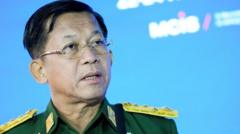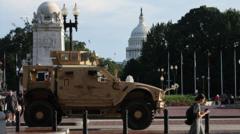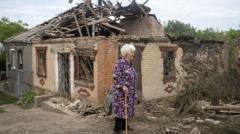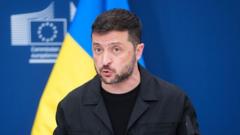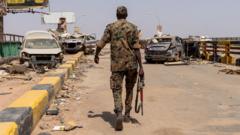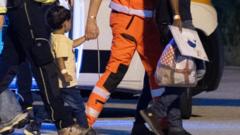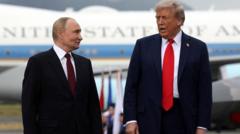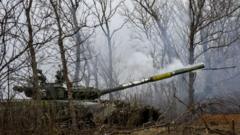This article examines several recent events that highlight the intricate and perilous situations faced by civilians and aid workers in conflict zones, including the targeted strikes in Gaza and the evolving military strategies in Ukraine. Through diverse perspectives, it scrutinizes the implications of military decisions on innocent lives and the responsibilities of armed forces.
Understanding the Complex Dynamics of Recent Conflicts in Gaza and Ukraine

Understanding the Complex Dynamics of Recent Conflicts in Gaza and Ukraine
A comprehensive overview of critical incidents revealing the multifaceted nature of modern warfare, focusing on Gaza and Ukraine, where civilian casualties often intertwine with military operations.
In the midst of escalating conflicts in Gaza and Ukraine, several harrowing incidents have underscored the challenges faced by both civilians and those attempting to provide humanitarian assistance. Reports indicate that six deadly minutes saw Israeli troops fire upon rescue workers, resulting in the tragic deaths of 15 individuals. This event has drawn sharp criticism from humanitarian groups who argue that military operations often disregard the safety of non-combatants, leading to unnecessary loss of life.
Further complicating the situation is the evidence of collateral damage, as seen in various I.D.F. (Israel Defense Forces) operations where bombings occurred near designated safe zones for civilians. Eyewitness accounts and visual evidence reveal stark contradictions in military narratives, as civilians were reportedly instructed to move to areas believed to be safe only to be shelled shortly thereafter.
Across the globe, similar concerns arise in Ukraine, where intercepted communications have revealed the dire consequences of ongoing military actions. The precarious balance between operational success and protecting civilian life remains tenuous, as Ukraine faces continued assaults. Documented violations and military blunders underscore the high stakes involved, not just for military personnel but for innocent civilians caught in the crossfire.
Moreover, the shadow of war crimes looms large, as narratives from various conflicts, including those linked to Sudanese paramilitary commanders and the disastrous Kabul drone strike, illustrate a pattern of atrocities that often remain overlooked in broader geopolitical discussions. The question of accountability in modern warfare has never been more pressing, prompting calls for transparency and justice for those affected.
As the world watches these conflicts unfold, it becomes imperative to engage with the diverse perspectives surrounding these issues. Understanding the humanity at stake can foster informed dialogue and greater advocacy for peace, urging military leaders and governments to re-evaluate their tactics in an era where the cost of conflict is painfully borne by the most vulnerable.


